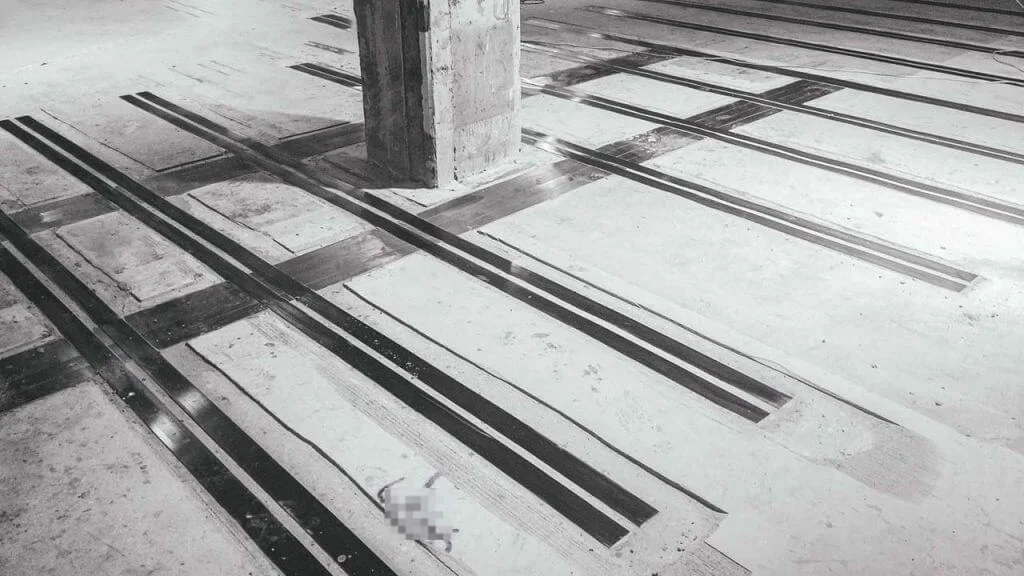Shear Strengthening: Effective Techniques to Enhance Structural Safety and Durability

Shear strengthening is a critical process in modern construction and civil engineering. Many buildings, bridges, and infrastructure face shear-related failures due to aging materials, design flaws, or increased load demands. Shear strengthening ensures that these structures regain their load-bearing capacity and maintain safety standards. It involves applying advanced materials and techniques to reinforce concrete, beams, and columns, preventing cracks, deformation, and potential collapses.
Understanding Shear Failures
Shear failures occur when a structure’s internal resistance to sliding forces is insufficient. This is commonly seen in beams, slabs, and walls where lateral loads act unevenly. Over time, natural wear, environmental factors, or increased traffic loads can weaken concrete elements, making them prone to cracking and shear collapse. Shear strengthening addresses these vulnerabilities by enhancing the structural integrity without extensive rebuilding, ensuring long-term stability and safety.
Methods of Shear Strengthening
Several methods are used for shear strengthening, depending on the structural requirements and site conditions. Common techniques include using steel plates, fiber-reinforced polymers (FRP), and external post-tensioning systems. These methods effectively increase shear capacity and reduce the risk of failure. Engineers carefully assess the load conditions, material compatibility, and cost-effectiveness before choosing a method, ensuring optimal performance and compliance with safety regulations.
Fiber-Reinforced Polymer (FRP) Solutions
Fiber-reinforced polymers (FRP) have gained popularity for shear strengthening in both residential and commercial structures. FRP is lightweight, durable, and easy to install, making it ideal for retrofitting aging buildings. The material bonds with concrete surfaces to provide additional strength, preventing shear cracks from spreading. FRP systems also resist corrosion, making them suitable for structures exposed to moisture or harsh environments, thereby extending the service life of the building.
Steel Plate Bonding for Shear Strength
Steel plate bonding is another widely used method for shear strengthening. Steel plates are fixed to critical areas of beams and columns using high-strength adhesives or bolts. This technique enhances shear capacity while maintaining structural aesthetics. Steel plate bonding is particularly effective in industrial buildings or bridges where high lateral loads are common. It offers a cost-efficient solution for repairing damaged elements without significant downtime or reconstruction.
External Post-Tensioning Techniques
External post-tensioning is a specialized shear strengthening method suitable for large-scale structures. This technique involves adding tensioned steel tendons outside the structural element to counteract shear forces. Post-tensioning improves load distribution and prevents shear cracks, enhancing overall durability. It is commonly used in bridges, multi-story buildings, and industrial facilities where heavy dynamic loads are expected. Proper design and installation ensure long-term performance and structural resilience.
Importance of Timely Shear Strengthening
Neglecting shear issues can result in structural damage, high repair costs, and safety hazards. Timely shear strengthening prevents catastrophic failures and prolongs the life of buildings and infrastructure. Early intervention helps avoid extensive demolition or reconstruction. It also ensures compliance with safety codes and standards. Structural engineers emphasize regular inspections to identify weak zones and implement appropriate strengthening measures before serious damage occurs.
Choosing the Right Contractor
Selecting an experienced contractor is vital for effective shear strengthening. Professionals assess the structure, identify vulnerable areas, and recommend suitable methods. They also ensure that materials and installation techniques meet industry standards. Skilled contractors can provide cost estimates, timelines, and guarantees, giving clients confidence in the work. Choosing a reliable service provider ensures that strengthening efforts achieve desired results and prevent future structural problems.
Cost Considerations
The cost of shear strengthening varies depending on the method, material, and scale of the project. FRP installation may be more economical for small-scale repairs, while post-tensioning suits larger structures. Steel plate bonding can offer a mid-range solution. Although initial costs may seem high, timely strengthening saves money by preventing extensive damage, repairs, or replacement. Long-term safety and durability make the investment worthwhile for building owners and developers.
Shear Strengthening for Older Buildings
Many older buildings were not designed to handle current load demands. Retrofitting these structures with shear strengthening techniques ensures safety without major reconstruction. Techniques like FRP wrapping, steel plate bonding, and external post-tensioning can adapt existing elements to modern load requirements. Retrofitting extends the building’s service life, reduces risk, and improves compliance with current structural codes, making it an essential practice for aging infrastructure.
Shear strengthening is a vital aspect of modern structural maintenance and safety. It helps prevent failures, extend the life of concrete elements, and ensures compliance with safety standards. Using advanced techniques such as FRP, steel plates, or external post-tensioning provides effective solutions for both new and old structures. Timely intervention, combined with professional expertise, ensures buildings, bridges, and other infrastructure remain safe, durable, and capable of handling future load demands.
- Art
- Causes
- Crafts
- Dance
- Drinks
- Film
- Fitness
- Food
- Jogos
- Gardening
- Health
- Início
- Literature
- Music
- Networking
- Outro
- Party
- Religion
- Shopping
- Sports
- Theater
- Wellness


